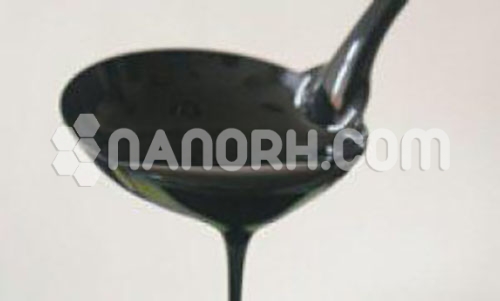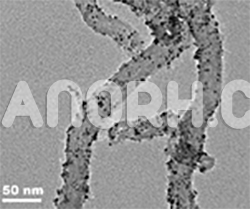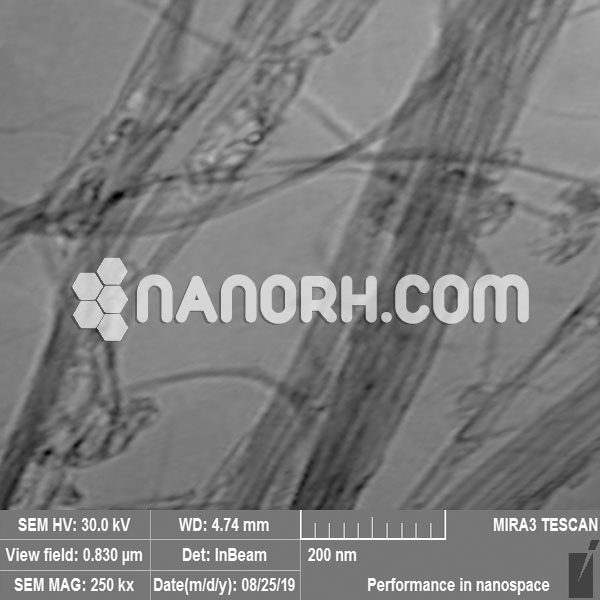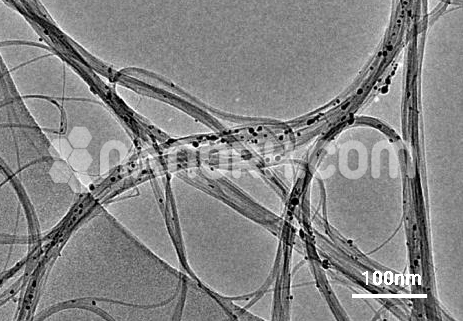Carbon Nanotubes Thermal Radiation Coatings
Carbon Nanotubes Thermal Radiation Coatings – Carbon nanotubes have incredible mechanical and electrical properties and are required to prompt numerous new materials and modern applications, yet to exploit their qualities they should be exceedingly and exclusively dispersed.
| Carbon Nanotubes Thermal Radiation Coatings | |
| Product No | NRE-36006 |
| CAS No. | NA |
| Purity | > 95 wt% |
| Average Diameter | NA |
| Average Length | NA |
| Special Surface Area(SSA) | NA |
| Tap Density | NA |
| True Density | NA |
| Electric Conductivity | NA |
Carbon Nanotubes Thermal Radiation Coating Dispersion Features:
Carbon nanotubes (CNTs) are ideal thermal coatings functional fillers. CNTs are one of the best thermal conductivity materials known in the world today. CNTs are one-dimensional nanomaterials, large surface area, known as the world’s darkest material, the radiation coefficient close to 1. Nano-fibrous CNTs are compared to other particulate Thermal Radiation filler, CNTs thermal conductivity is easier to form a network, the toughening effect is obvious to coatings.
Carbon Nanotubes Thermal Radiation Coating Dispersion Properties:
1) Thin coating; 2) Small thermal resistance; 3) Can excite resonance effect metal radiator surface; 4) Significantly improving the far-infrared emission efficiency; 5) Accelerate quickly distribute heat from the radiator surface; 6) Carbon Nanotubes Thermal Radiation Coatings can be applied to copper foil, aluminum plate, LED lamp base, electrical enclosure cooling.
MWNTs are highly conductive when properly integrated into a composite structure. The outer wall alone is conducting, the inner walls are not significant to conductivity. MWNTs have a high aspect ratio with lengths typically more than 100 times the diameter, and much higher. Their performance and application are based not just on aspect ratio, but also on the degree of entanglement and the straightness of the tubes, which in turn is a function of both the degree and dimension of defects in the tubes.
MWNTs are suitable for various applications due to its high conductivity and high aspect ratio. The needed conductivity level can be achieved with much lesser loadings than for conventional solutions such as metal particulates or carbon black. Applications are electrostatic discharge protection in wafer processing fabrication, antistatic elastomeric and plastic components for automobile fuel line components, plastics rendered conductive to enable electrostatic spray painting of automobile body parts, RFI shielding materials, etc.




